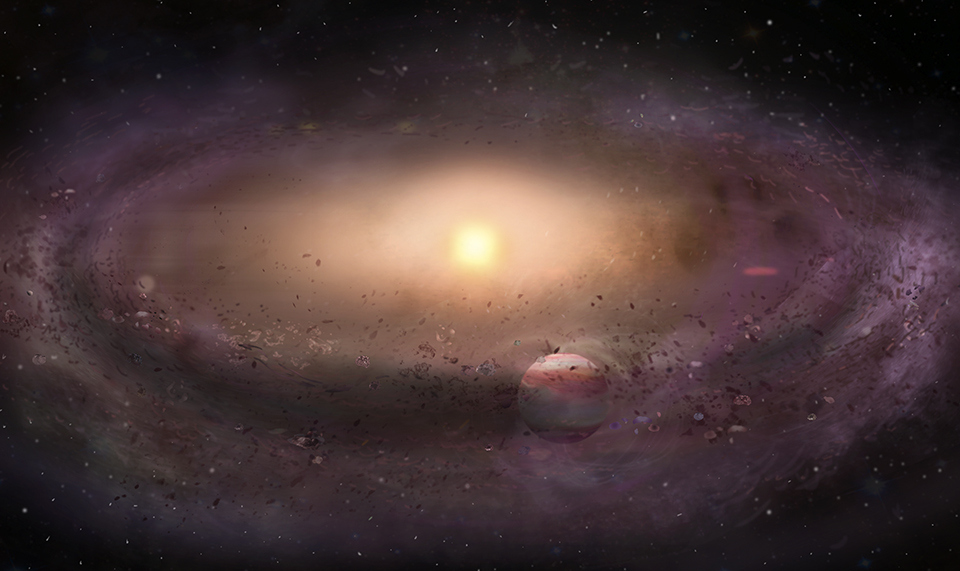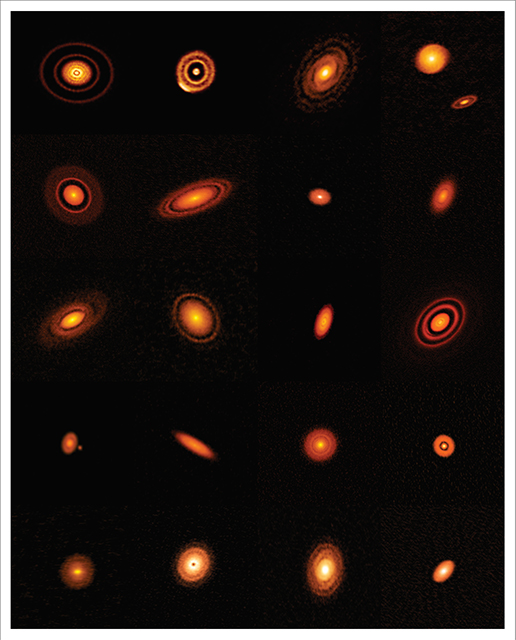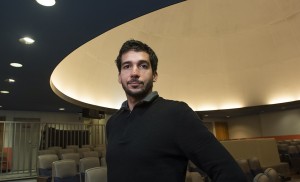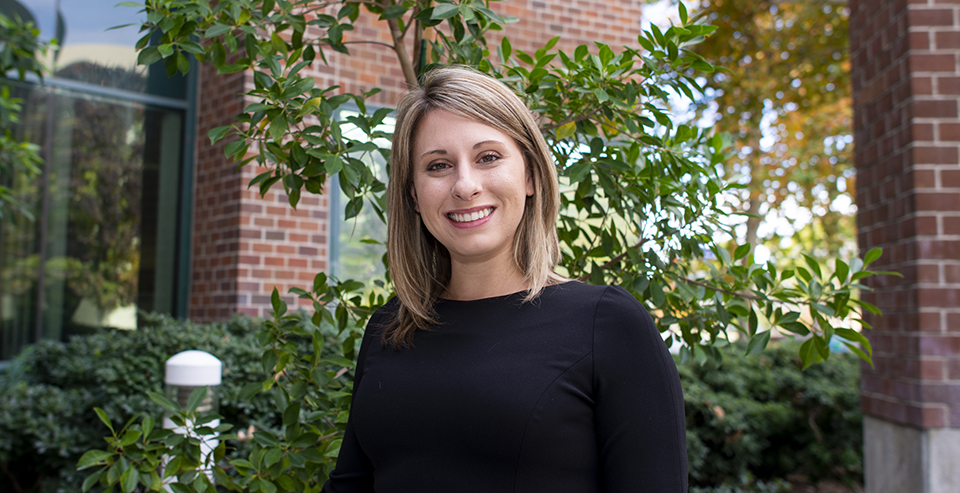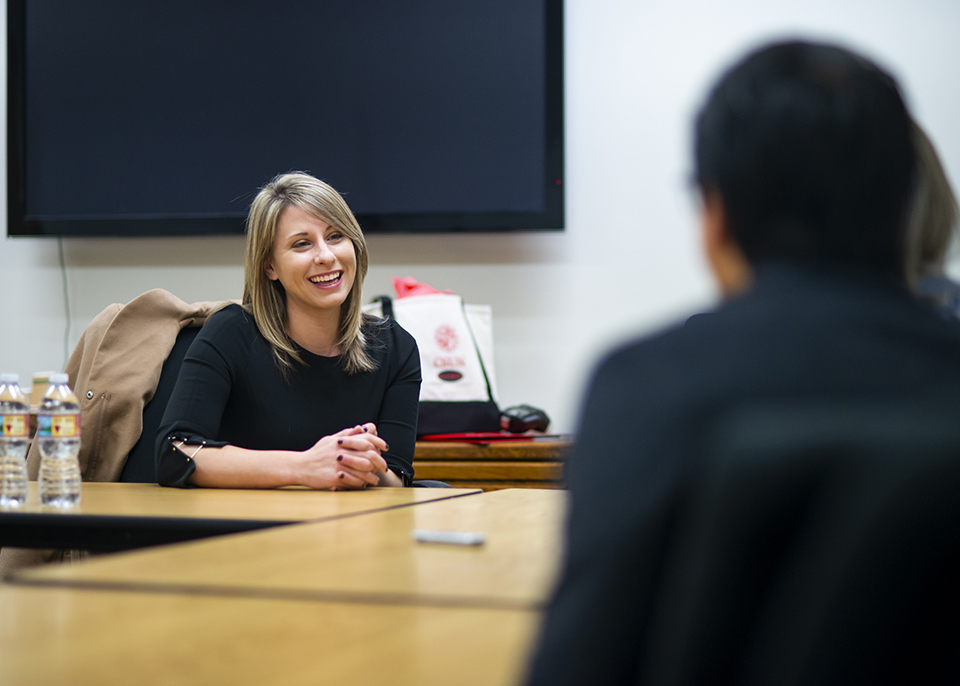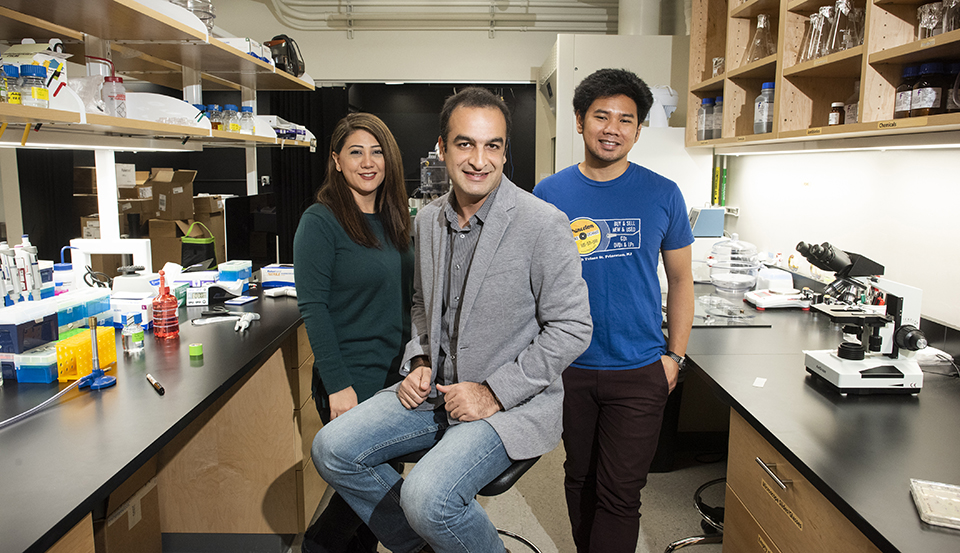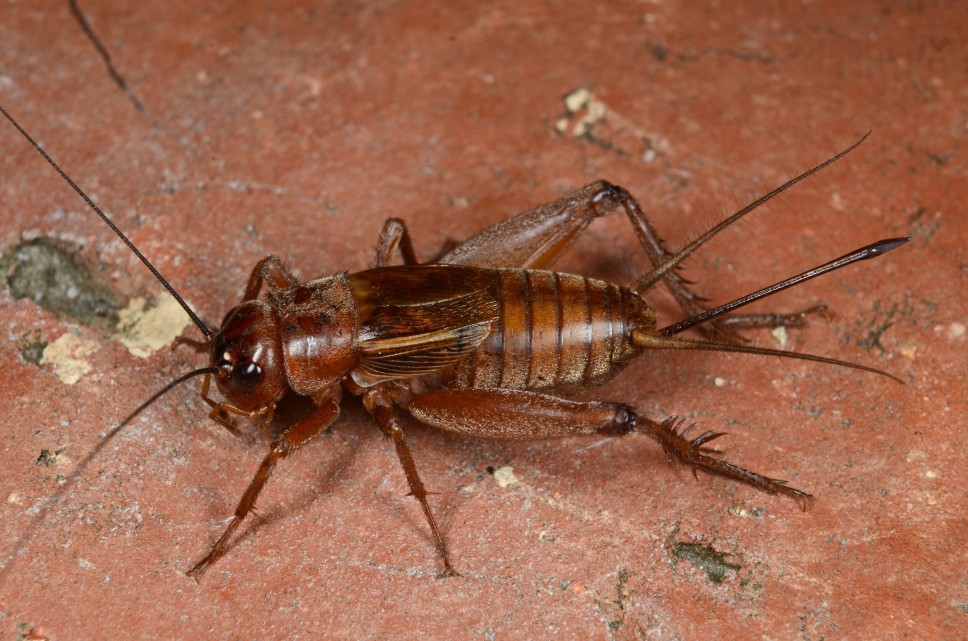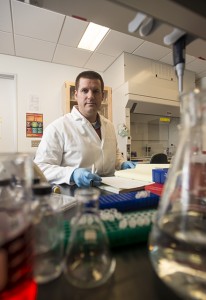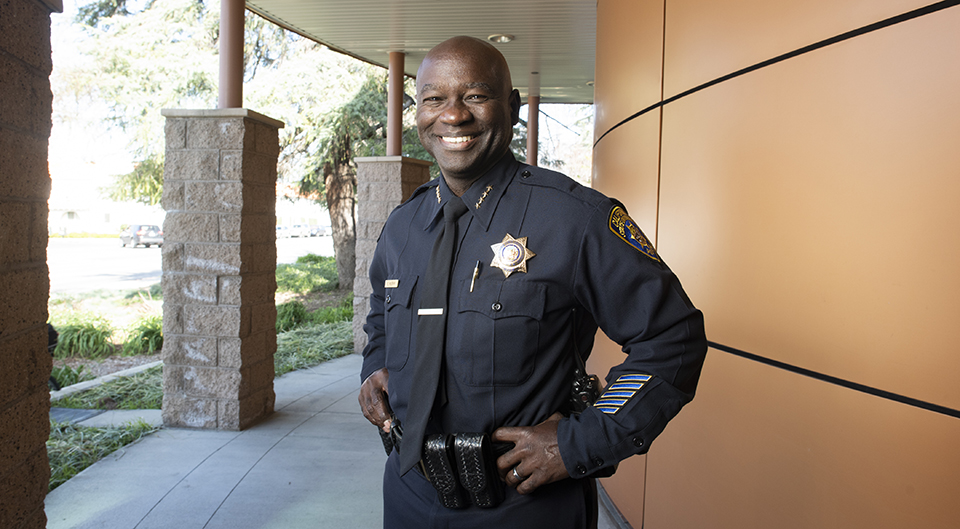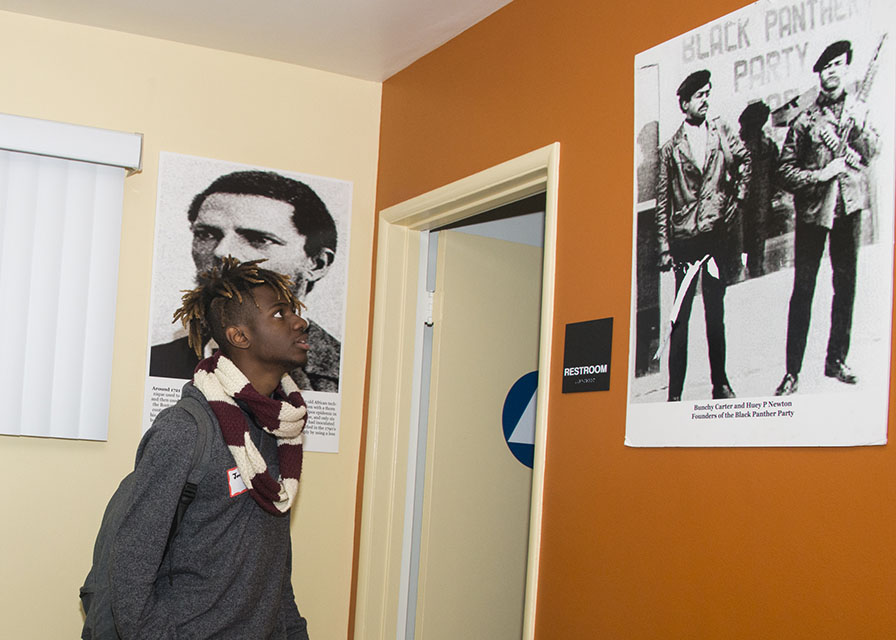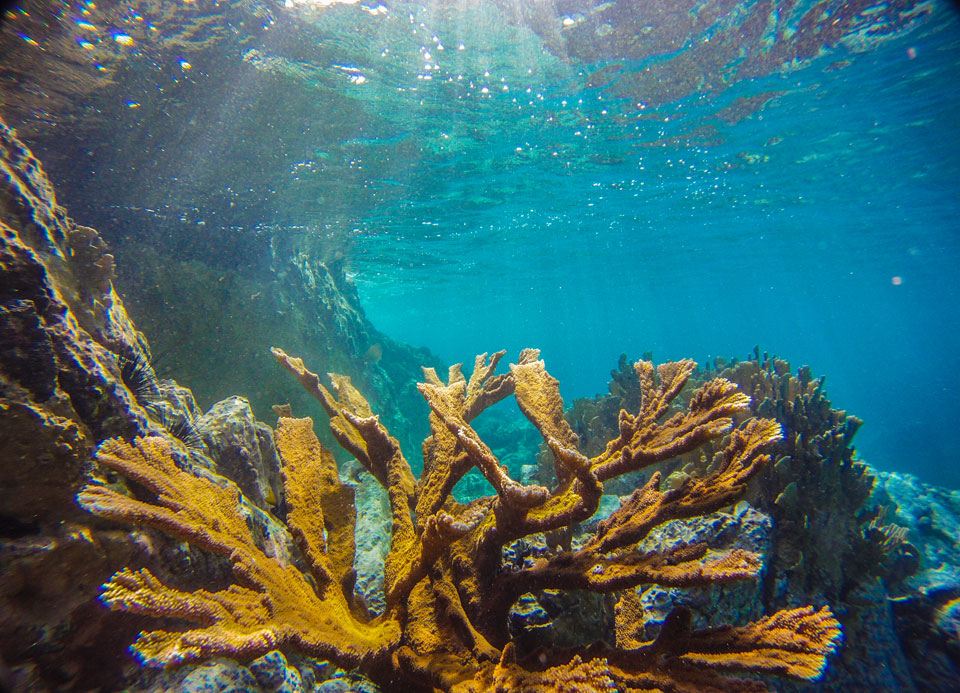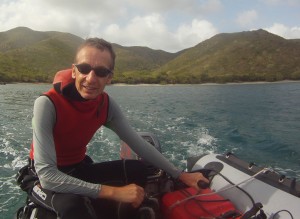

Candis Welch with Jay Ellis, one of the stars of HBO’s Insecure. Photo courtesy of Candis Welch.
When Candis Welch was studying journalism at California State University, Northridge in 2008, she couldn’t have imagined the professional worlds she would inhabit or the adventures life that lay ahead. She did not know that one day she would be working two full-time jobs — as an executive assistant for the lead actress and co-creator of HBO’s Insecure, Issa Rae, and as a procurement analyst for the Los Angeles Homeless Services Authority.
Welch knows what it means to persevere in the face of difficulties. She had to deal with the loss of her father in high school, was a first-generation college student and faced the challenges brought on by a diagnosis of spinal muscular atrophy, a genetic muscular disorder that makes it difficult to perform basic functions such as walking or sitting up straight.
She navigates life with endless optimism, and calls herself a “hustler by default.”
“No one will hold your hand (in life and in school),” she said. “No one will do it for you. You just have to get up and get it done.”
As an undergrad student at CSUN, Welch worked multiple jobs, commuting long distances between Northridge, Long Beach, Inglewood, and Los Angeles. After obtaining her bachelor’s degree in journalism in 2011, she took a job working for the County of Los Angeles in the auditing and control department.
“I was good at my job, but I wanted to challenge myself and do more for the community,” she said.
She left her “cushy job” with the county to pursue a career as an entertainment publicist.
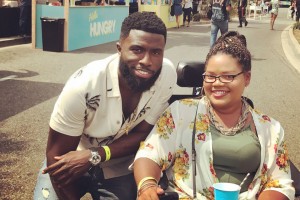
Candis Welch poses with Y’lan Noel, one of the stars of HBO’s Insecure. Photo courtesy of Candis Welch.
She returned to CSUN as a graduate student with a focus in public administration, and began working toward her MPA. While a graduate student, she serendipitously found a job as an executive assistant for Rae through a friend. Rae is best known for her role as the lead in HBO’s series Insecure, for which she is also the creator and co-writer. Rae first received recognition for her YouTube series Awkward Black Girl, which she created, wrote and starred in.
Welch began working for Rae at the start of the second season of the web series, and more than five years later they are still working together as they wrap up the third season of Insecure.
“Working with Issa is life-changing,” Welch said. “I am honored to work with someone who is so passionate and creative. For me, to see her evolution as a woman, writer, performer and creator is truly amazing and an honor.”
Welch’s job as an executive assistant involves coordinating Rae’s calendar and daily life, including taking meetings with HBO executives, organizing and delegating tasks and coordinating and managing Rae’s production company, Issa Rae Productions.
Welch said that as an executive assistant she often has to “pray for the best, anticipate the worst, and always have a plan-B ready because the job must get done!”
Upon graduating with her MPA in 2016, Welch took on the additional job of working for the Los Angeles Homeless Services Authority (LAHSA). She said her work with LAHSA offers her the opportunity to help others, giving her the purpose she was looking for.
Welch is committed to doing both jobs well. “Issa is not someone I pick up in my off-time; it’s a full-time job, just like LAHSA,” she said.
Her job at LAHSA includes drafting grant proposals in both the City of Los Angeles and Los Angeles County, working in case management and going out into the field to check on the status of current shelters.
“I make sure these shelters actually provide the services they are supposed to provide,” Welch said.
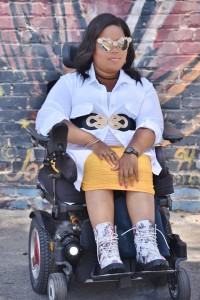
Candis Welch. Photo courtesy of Candis Welch.
“We hold them accountable, making sure that the facility is clean, up to standards and has enough beds and staff to take care of our community. That way when people come to the shelter they get everything they need to move on to the next stage of their lives. Getting someone back on their feet is humbling, and I now have a new vision of what humility is and what being grateful looks like.”
With that in mind, Welch encouraged fellow Matadors to get involved with their community.
“We get so lost in our personal lives that we forget what other people go through,” she said. “Every day, people go to food banks to supply their homes, and it’s nothing to be ashamed of. Imagine if you lost your job today: Would you have enough money to survive until you found another job? And if you can’t answer that, then you’re not too far from needing help as well. No one is ever too good to help, to have passion to help others. Nothing will change with closed minds.”
She advised current students to remain determined and stay focused, no matter what hurdle stands in the way.
“Whether grad or undergrad, there are going to be days you want to give up,” she said. “Some days you are going to ask yourself, ‘What is this even worth?’ Believe me, I was there. I even went to my counselor multiple times saying that I was going to drop out, but I’m so happy I stuck with it and went back to get my Master of Public Administration, because at the end of the day, education is key to success.”
Visit these links for more information on how to help and get involved with community assistance with CSUN:
• Matty’s Closet: csunshinetoday.csun.edu/community/csun-career-center-offers-free-interview-clothes-at-new-mattys-closet-to-help-students-dress-for-success/
• CSUN Food Pantry: www.csun.edu/mic/csun-food-pantry
• Unified We Serve: www.csun.edu/mic/volunteer
• CSUN Alumni Volunteering: www.csun.edu/alumni/volunteer

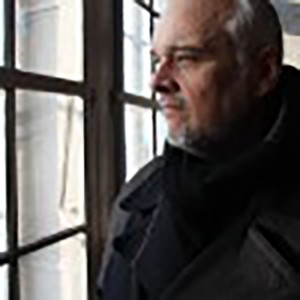


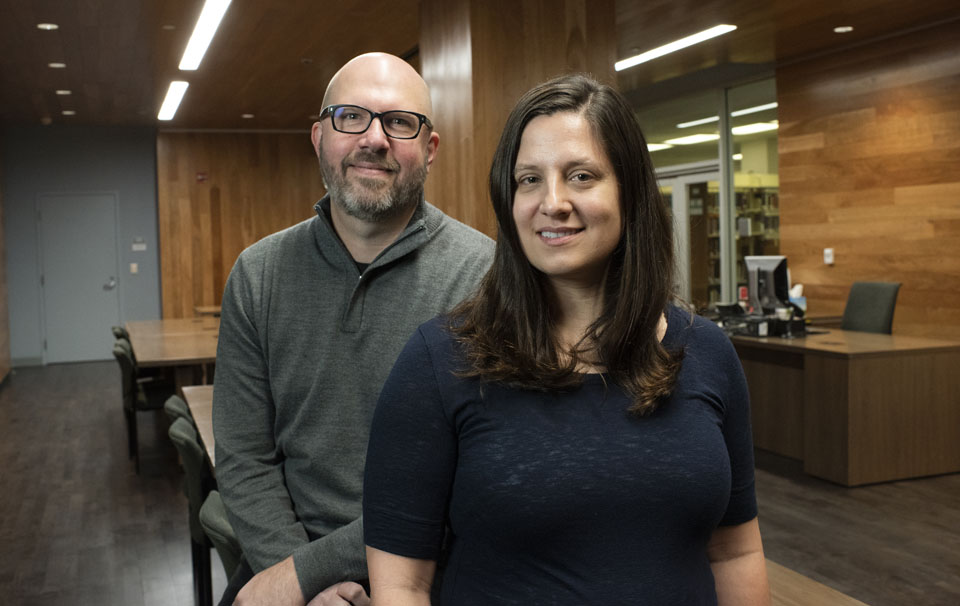
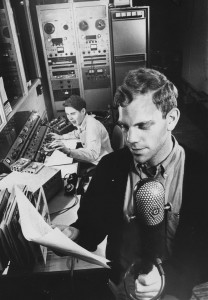
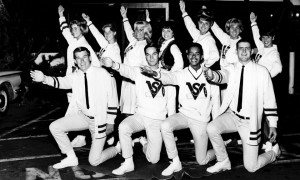
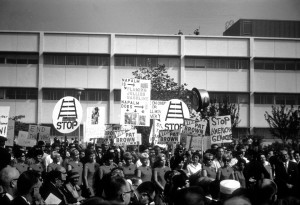
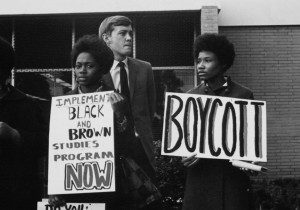

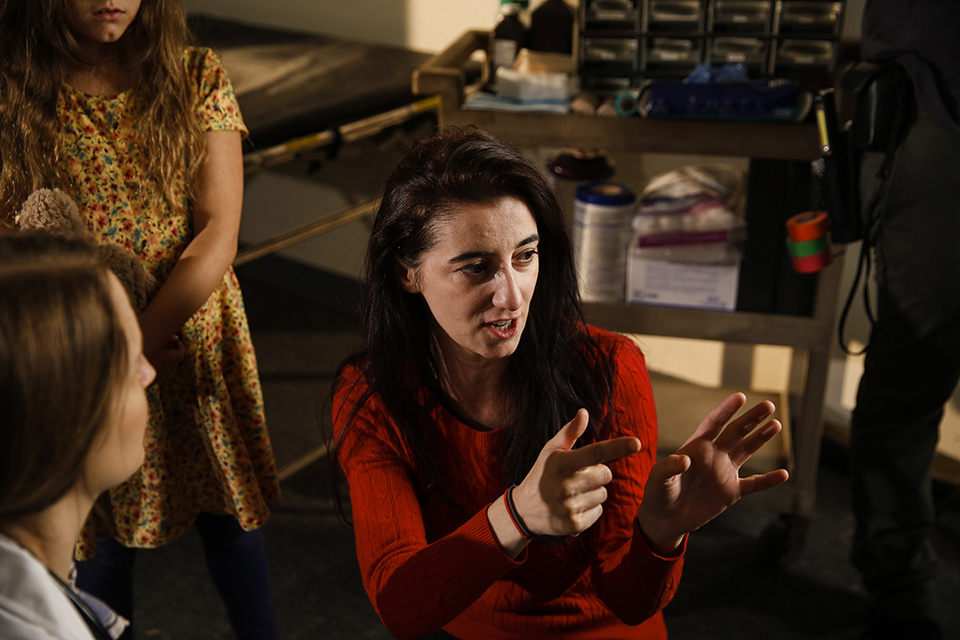
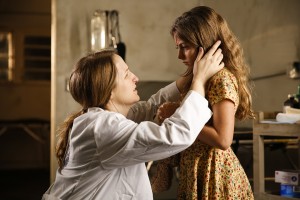
 “Every time I watch the news, my eyes are always drawn to the kids,” she said. “I wanted to show how war affects the children. There are so many children in the world who have lost their families, their homes, everything, including their childhood. They have to become adults at a very young age. They have no choice. No one talks about that. I feel the children are forgotten.”
“Every time I watch the news, my eyes are always drawn to the kids,” she said. “I wanted to show how war affects the children. There are so many children in the world who have lost their families, their homes, everything, including their childhood. They have to become adults at a very young age. They have no choice. No one talks about that. I feel the children are forgotten.”
